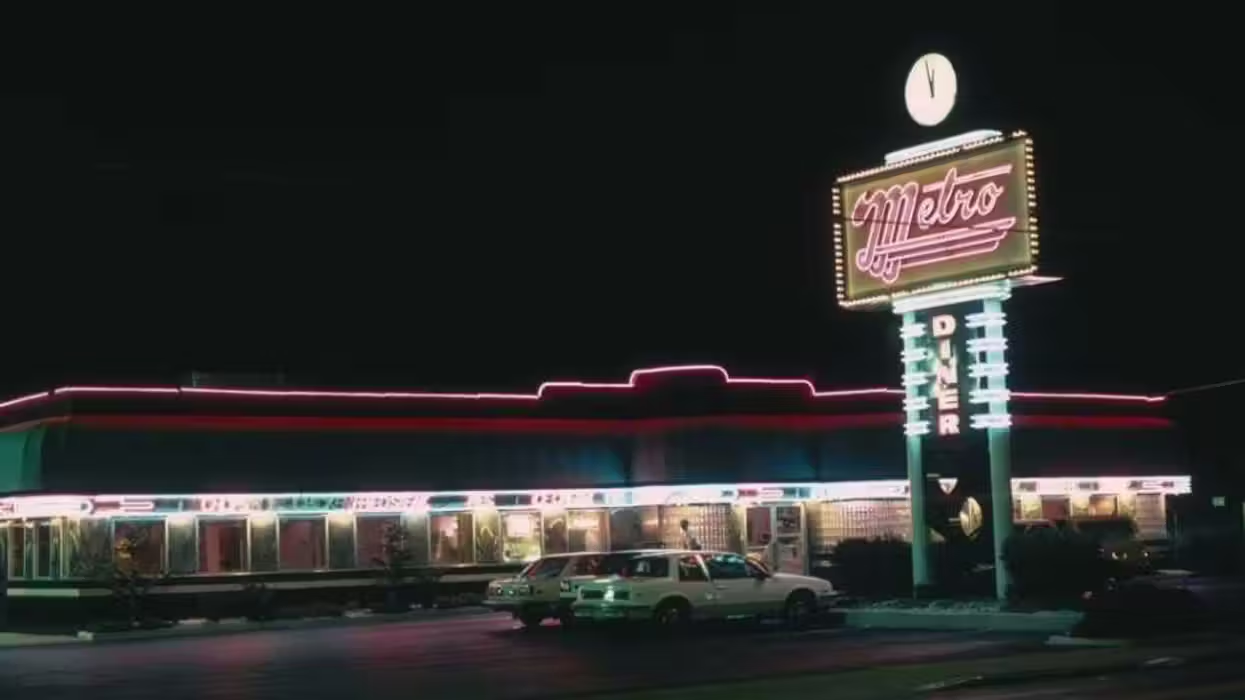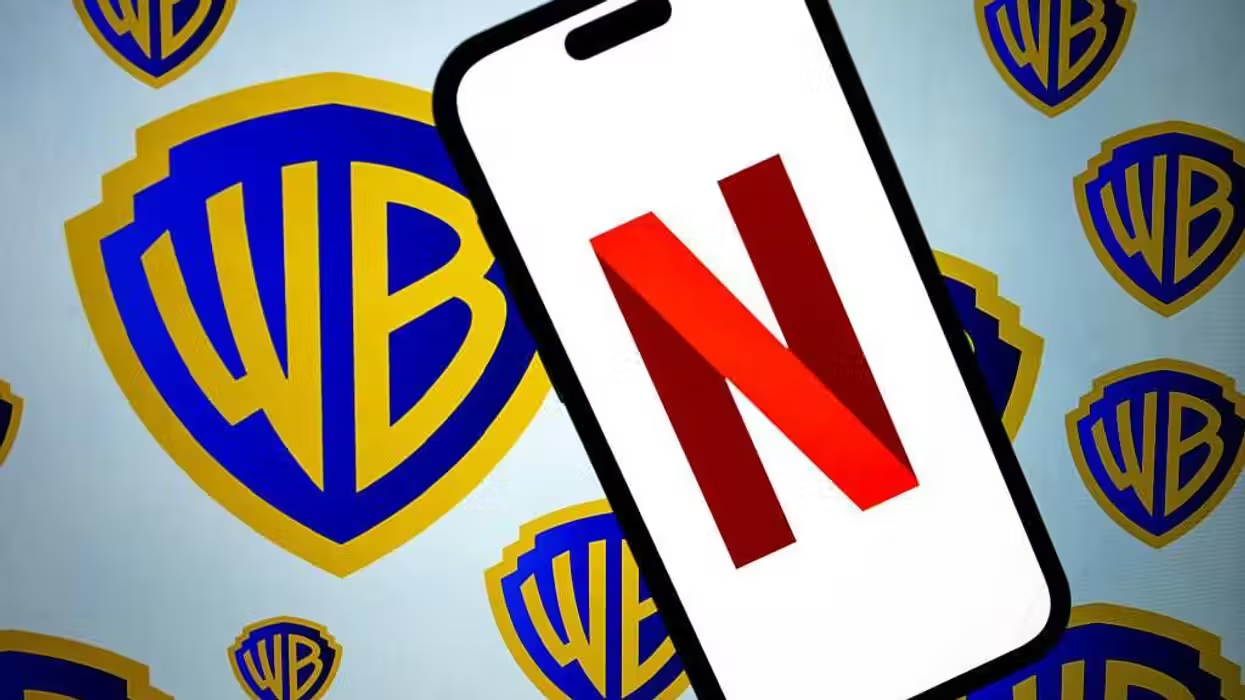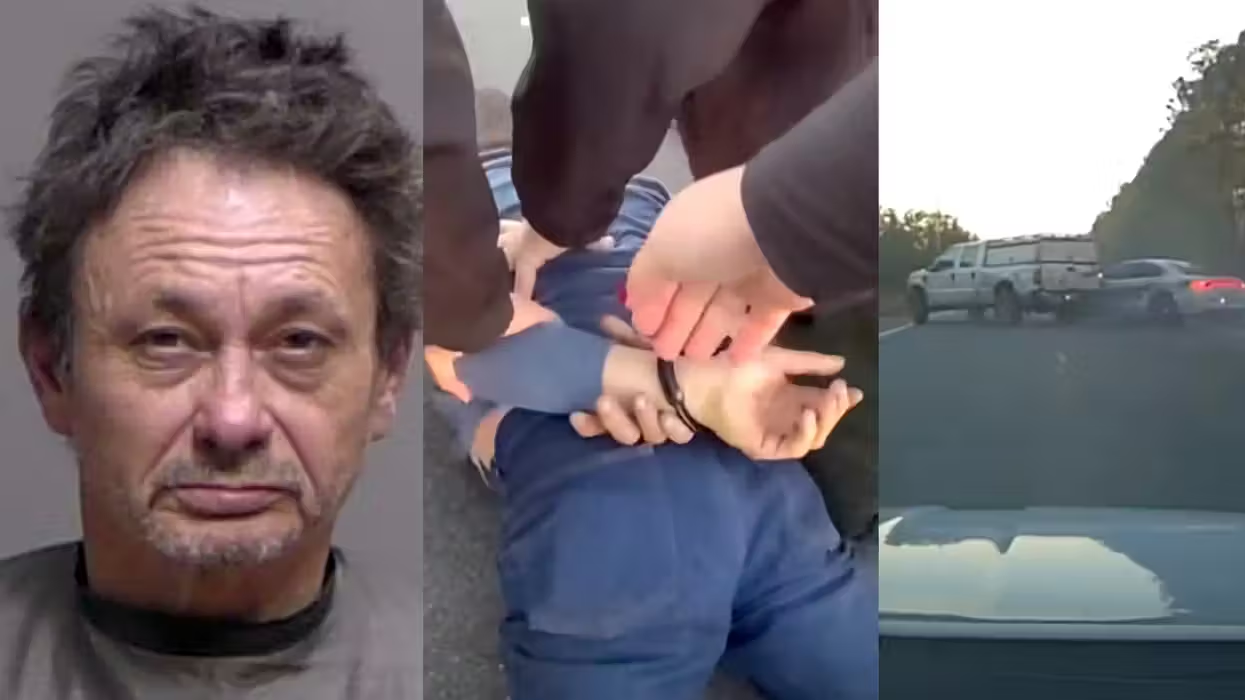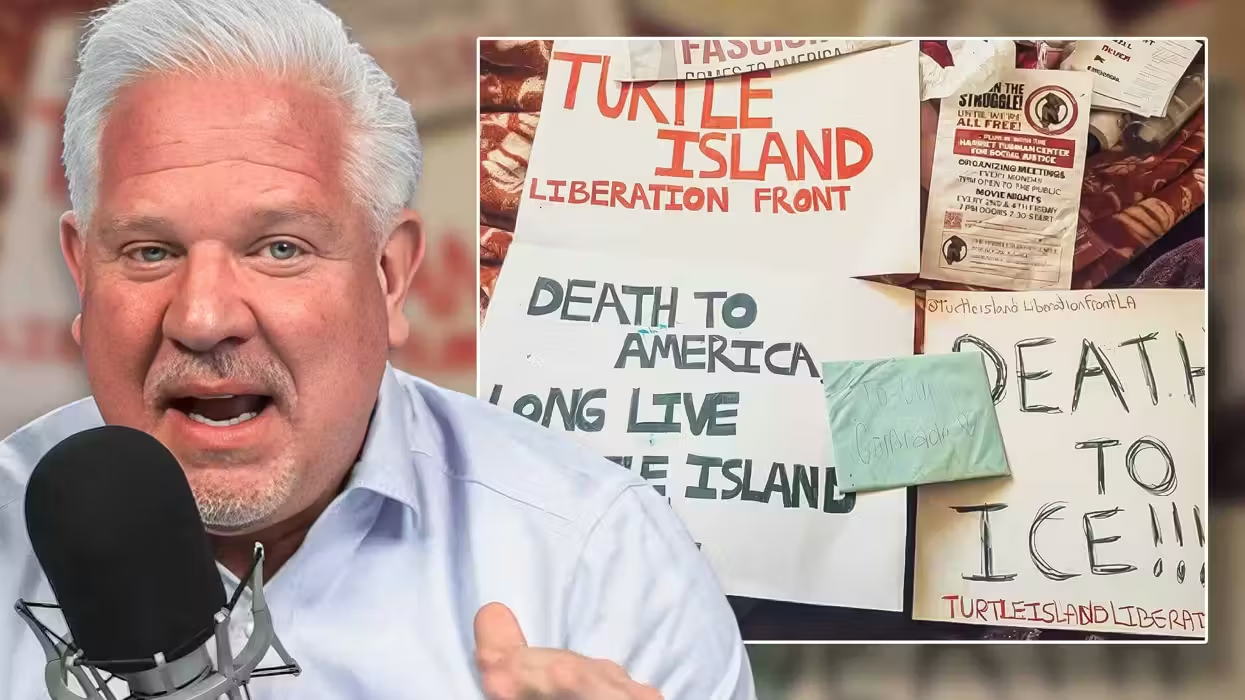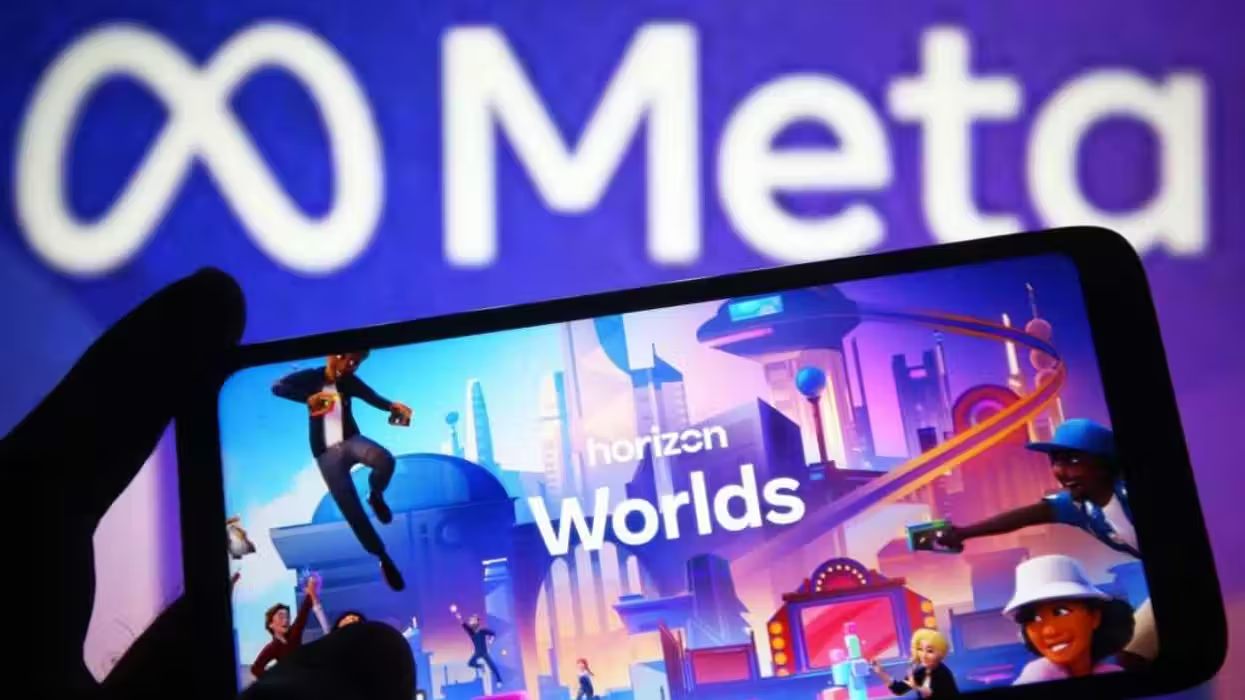Could the conclave to elect a new pope take more than two years to complete? While this is certainly an unlikely scenario (after all, the Vatican has said that a new Catholic leader will likely be at the helm before Easter), such an elongated deliberation has actually taken place in the past (32 months, to be exact). And it's what Business Insider called a "nightmare scenario."
The year was 1268 and the cardinals were meeting in a palace in the medieval village of Viterbo to choose a new leader following Pope Clement IV's death, according to a 2005 ABC News report. It apparently took the Christian leaders so long to make a decision, that the people became inpatient. The bizarre timeline resulted in what Catholic historians say is "the longest conclave in history."
 This file picture taken on December 31, 2012 shows Pope Benedict XVI arriving to pray in front of the nativity crib in Saint Peter's Square after celebrating the Vespers and Te Deum prayers in Saint Peter's Basilica at the Vatican. Credit: AFP/Getty Images
This file picture taken on December 31, 2012 shows Pope Benedict XVI arriving to pray in front of the nativity crib in Saint Peter's Square after celebrating the Vespers and Te Deum prayers in Saint Peter's Basilica at the Vatican. Credit: AFP/Getty Images
In sum, the process lasted two years and eight months. Rather than sitting idly while church leaders continued to discuss and debate, Catholic sources say that residents of Viterbo took action in an effort to speed the process along. The people decided to close the cardinals in, hoping that their efforts would force them into a decision (conclave comes from the latin word "cum-clave" which means "with key").
"The idea was to make it uncomfortable to persuade cardinals to get on with the job," said Monsignor Charles Burns, a retired archivist who worked at the Secret Vatican Archives.
But that did little to help the situation, as the leaders still couldn't decide. So, villagers decided to try and starve the cardinals out. After all, with limited food, they figured the men might be more willing to expedite a decision. In addition to using this tactic, they also tore the roof off of the palace where they were meeting in an effort to expose them to the elements.
 Pope Gregory X (Photo Credit: Public Domain)
Pope Gregory X (Photo Credit: Public Domain)
In the end, after 32 months, the cardinals finally selected Gregory X, a Catholic who wasn't a cardinal nor a priest. At the time, he was a crusader fighting in the Holy Land, ABC News reported. He returned eight months after his selection and was responsible for enacting measures that would lead to speedier conclaves.
In 1274, Gregory X put a rule into effect that said that cardinals would only get one meal per day if the conclave went beyond three days, the AP reports. And if it went beyond the eight-day mark, they only received bread, water and wine. This rule is no longer on the books, but there are others aimed at keeping the process running smoothly. Thus, a nearly-three year conclave is highly unlikely, if not impossible.
Just in case you aren't convinced, consider the method through which cardinals will vote in the days ahead. Each cardinal writes his choice on a paper inscribed with the words "Eligo in summen pontificem," or "I elect as Supreme Pontiff." They approach the altar one by one and say: "I call as my witness, Christ the Lord who will be my judge, that my vote is given to the one who, before God, I think should be elected."
 Senegalese cardinal Theodore-Adrien Sarr (C) and Italian cardinal Angelo Scola (R) follow a grand mass in St Peter's Basilica ahead of a papal election conclave on March 12, 2013 in St Peter's basilica at the Vatican. Cardinals prayed in St Peter's Basilica on Tuesday ahead of a conclave to elect the next pope with no clear frontrunner after Benedict XVI's historic resignation as leader of the world's 1.2 billion Catholics left behind a Church beset by scandals. Credit: AFP/Getty Images
Senegalese cardinal Theodore-Adrien Sarr (C) and Italian cardinal Angelo Scola (R) follow a grand mass in St Peter's Basilica ahead of a papal election conclave on March 12, 2013 in St Peter's basilica at the Vatican. Cardinals prayed in St Peter's Basilica on Tuesday ahead of a conclave to elect the next pope with no clear frontrunner after Benedict XVI's historic resignation as leader of the world's 1.2 billion Catholics left behind a Church beset by scandals. Credit: AFP/Getty Images
The folded ballot is placed on a round plate and slid into an oval silver and gold urn. In the past, a single chalice was used to hold the ballots. But conclave changes made by Pope John Paul II in 1996 required three vessels: one for chapel ballots, another for ailing cardinals at the Vatican who can vote from their beds and the third to hold the ballots after counting. No cardinals are expected to require the bedside voting, but all three flying saucer-shaped urns were in the Sistine Chapel regardless.
The ballots are then bound together with a needle and thread - each pierced through the word "Eligo" - and burned in the chapel stove along with a chemical to produce either black or white smoke.
Up to four rounds of voting are allowed each day after the first day, and a two-thirds majority - 77 votes - is needed.
If no one is elected after three days - by Friday afternoon - voting pauses for up to one day. Voting resumes and if no pope is elected after another seven ballots, there is another pause, and so on until about 12 days of balloting have passed.
Under norms introduced by Benedict XVI just before he resigned, the cardinals then go to a runoff of the top two vote-getters. A two-thirds majority is required; neither of the two top candidates casts a ballot in the runoff.
Want more information about the process of electing a pope? Check out TheBlaze's extensive coverage here.
The Associated Press contributed to this report.
(H/T: Business Insider)
--
Other Must-Read Stories:

 This file picture taken on December 31, 2012 shows Pope Benedict XVI arriving to pray in front of the nativity crib in Saint Peter's Square after celebrating the Vespers and Te Deum prayers in Saint Peter's Basilica at the Vatican.
This file picture taken on December 31, 2012 shows Pope Benedict XVI arriving to pray in front of the nativity crib in Saint Peter's Square after celebrating the Vespers and Te Deum prayers in Saint Peter's Basilica at the Vatican. 
